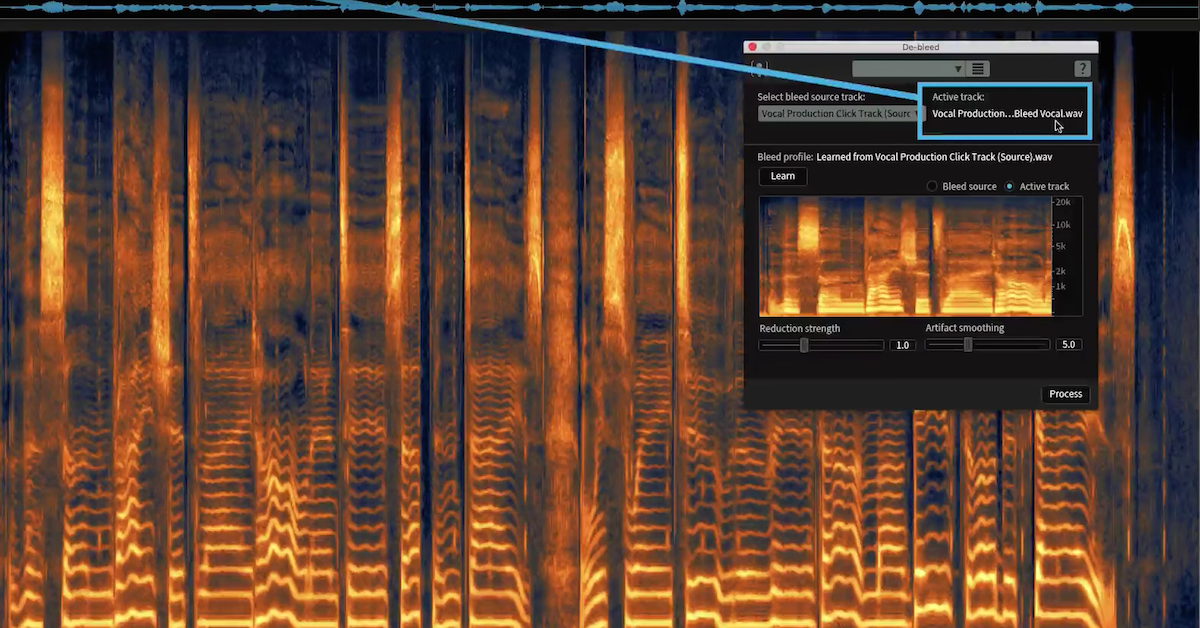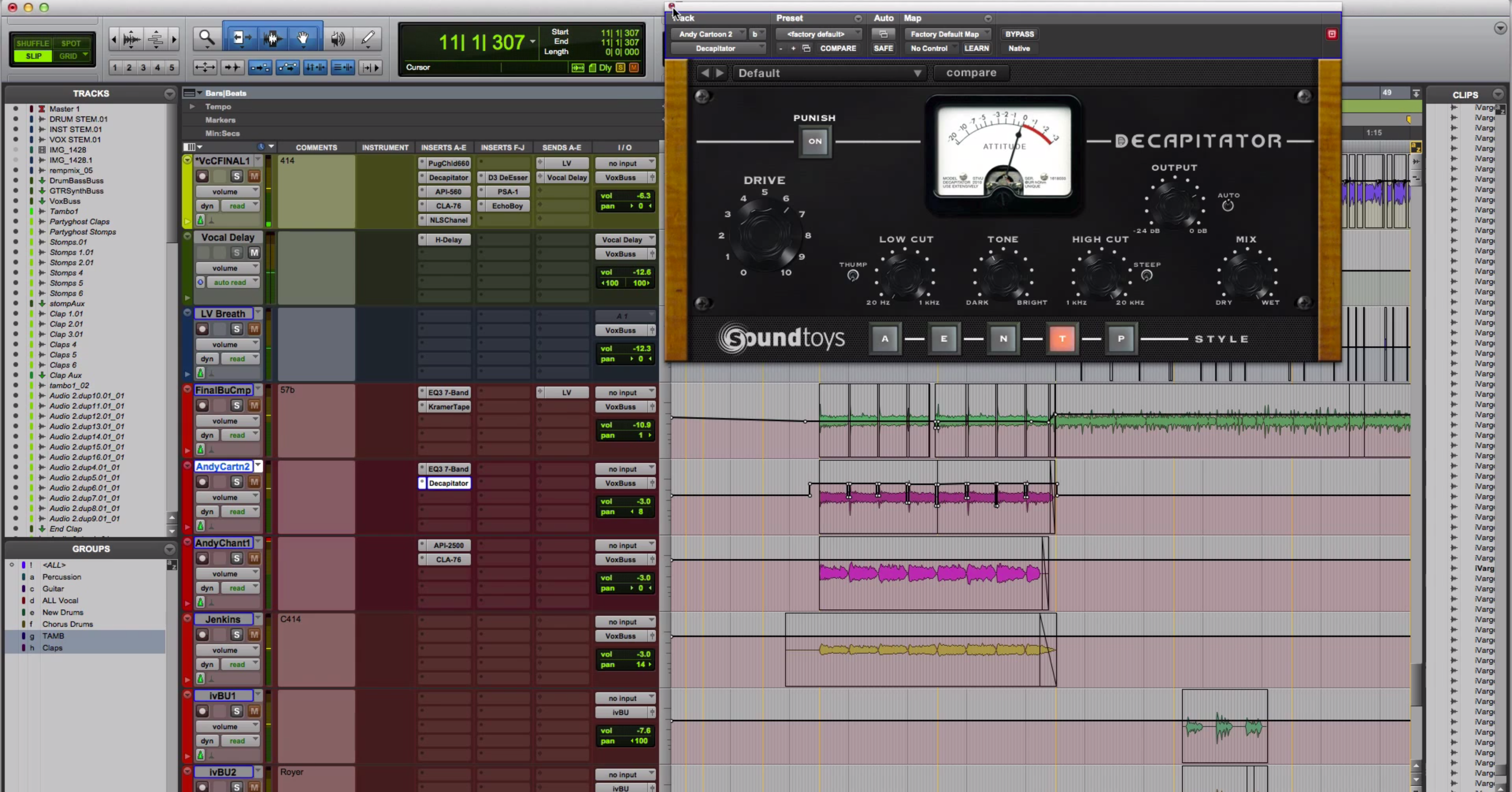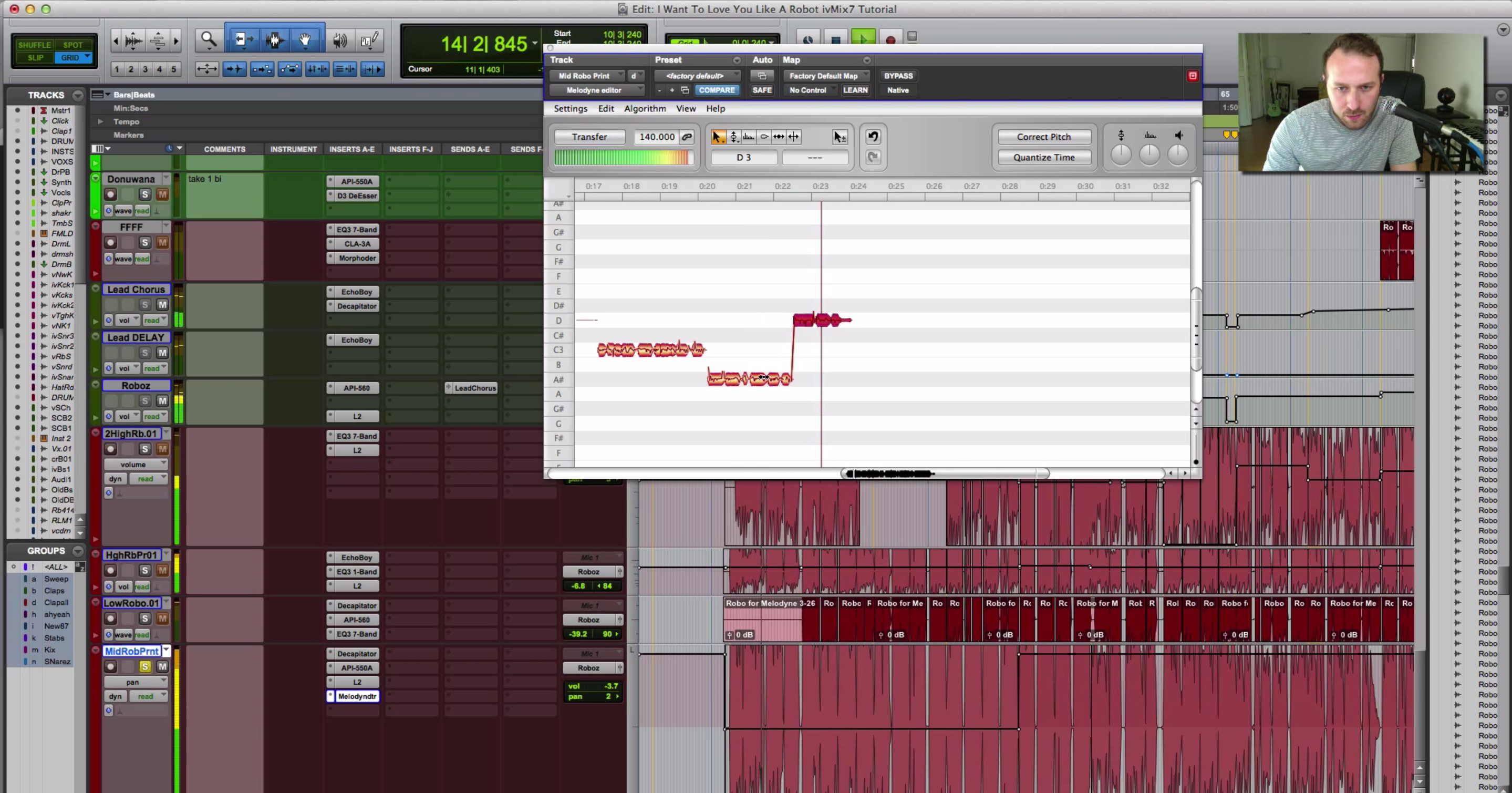4 Headphone Tips for Better Vocal Performances
Article Content
We’ve all been there. You’re recording a vocalist, or perhaps recording your own vocals, and the intonation is just not happening.
You see in your future hours of comping takes and pitch correction with your weapon of choice (Antares Autotune, Melodyne, built-in DAW pitch correction, etc.).
The problem might not be with the singer, but what the singer is hearing.
Before resigning yourself to a “fix it in the mix” mentality, let’s look at a few headphone tips that may save you and the singer some time and effort.
1. Let The Singer Hear Themselves Naturally
The first few recommendations may be familiar to many engineers.
First, it is recommended that the singer use open-back headphones.
While closed back headphones will better prevent bleed into the mic, they create an unnatural listening environment for the singer.
This is because the headphones create an airtight seal around your ear. When the headphone driver pushes, all the force from the sound pressure wave pushes on your ear drum, and when the driver pulls away, your ear drum is similarly pulled.
Think about this: A drummer can hit a snare drum and generate well over 100 dBSPL at his ears. A person can fire a gun and experience about the same level. Without ear plugs, both would experience discomfort and ringing, but most likely not suffer long term effects from just the single event.
Now, how loud is a hand clap? I measured my own to be about 90 dBSPL. Yet, if a person were to strike another person on the ear with an open fist (DO NOT TRY THIS) and the strike created a seal around the person’s ear, the victim could suffer a ruptured ear drum.
The case for closed-back headphones is not as dire as this, but it illustrates the point that creating a seal around the ear creates a much different listening environment.
We hear sounds naturally in a free field. For someone who is comfortable singing live on stage or even at home with a guitar or piano, the use of closed-back headphones could throw them for a loop. A performer could certainly learn to use them, but for new singers it would be best to allow them to perform as they normally would.
Many singers also will take one headphone off to be able to hear themselves naturally in one ear and the mix in another. Some engineers even recommend taking one headphone completely off and the other half way off.
Regardless of whether you take one off, one and a half off, or no headphone driver off (in the case of open-back headphones), consider this: the path of the sound of your voice out of your mouth and through your head to your ear is not the same path as the sound from your mouth to the microphone, through your DAW, then back out to your headphones.
While the difference may be only a few milliseconds — not enough for one to be aware of the delay — it can produce cancellations at low frequencies. Try inverting the polarity of the vocal track. The singer may hear their voice more naturally and with more fullness.
If using any type of headphones is too unfamiliar for the singer, have them perform with the mix playing back in speakers. The bleed into the mic will be severe, but can be eliminated regardless of the speaker positions or type of microphone used.
After the singer is finished recording his or her takes, have them stand at the mic in the same position they were in while recording. Play back the mix in the speakers with the vocalist standing at the mic but not singing and record that to a new track which we’ll call the bleed track. Invert the polarity of the bleed track and mix it in with the vocal performance until maximum cancellation of the bleed occurs.
If you’ve recorded the vocals on different days it is recommended that you create new bleed tracks in this manner to perform the cancellation.
This technique will suffer if the singer moves around a lot, or if the microphone is moved. Using a handheld mic will create bleed in the vocal track that will be impossible to reproduce, so have the singer stand in the same position as much as possible while recording the vocal and bleed tracks.
2. Simplify The Mix
I think everyone would agree that for most singers, hearing the pitches of the melody, or at least the key in which the melody is sung in the mix is crucial.
However, with modern music, instruments produce frequencies that are not harmonically related to the fundamental.
A good example of this is distorted electric guitars.
Distortion produces harmonics above (and sometimes below) the fundamental note. The specific harmonics produced and their respective levels depend on the amplifier (or amp simulator). Synthesizers can also have complex frequency compositions.
If the guitar or synth is playing a simple chord consisting of 1-3-5 (C-E-G for a C major chord), each one of those notes will produce a fundamental frequency in addition to a host of harmonics. The more distortion that is applied, the louder those harmonics will be relative to the fundamental.
All of those frequencies sounding at the same time can muddy the waters and make it difficult to zero in on the correct pitch. The addition of all those extra frequencies can contribute to the masking effect in which the presence of one frequency can make it difficult or impossible to detect other frequencies.
It’s not as if someone would hear that C major chord as D major or anything, but it could throw someone off who already is a little pitchy with their intonation. Try removing instruments with complex sounds and rely more on acoustic instruments if possible.
Non-pitched instruments such as percussion should be removed or lowered as they contain frequencies completely unrelated to the notes the singer is trying to hit.
Another interesting fact about human hearing is that pitch perception is not linear with frequencies over the range of human hearing.
Similar to how a sound at constant air pressure will not be perceived at the same volume over the range of human hearing (reference the equal-loudness contours), the perception of pitch is not always linear from 20 Hz to 20 kHz. This is especially true below the mid range (around 500 Hz) and above the highs (around 8 kHz).
This is all to say that it would be beneficial for the singer to hear tones in their octave to match pitch. Relying on bass frequencies might not be as accurate, resulting in further intonation issues.

Relation of actual frequencies (x-axis) to perceived pitch (y-axis). This shows that the relationship between frequency and pitch perception is not as simple as y = x.
It is also required that a tone be played for a minimum duration for accurate pitch perception.
The minimum time is between 50 ms and 100 ms, which translates to less than a 32nd note at 120 bpm.
While just about every note duration at any tempo will satisfy this requirement, it still might be beneficial to provide a track with more sustained notes if the vocalist is singing along with an instrument playing arpeggios.
Don’t be afraid to strip your mix down to the bare essentials: percussion and harmonic rhythm track. You should experiment with what mix allows the singer to match pitch but also sing with energy appropriate for the final mix.
3. If It’s Too Loud, Turn It Down
If the energy of the mix is low because you’ve removed several instruments, can you just turn up the headphones to compensate? Maybe not.
Research has shown that pure tones played above or below about 60 dBSPL can cause pitch perception to be shifted.
For the 200 Hz range, which is around where the fundamental frequencies for male and female vocals reside, the perceived pitch can be shifted by as much as 20 cents at 90 dBSPL. The table below shows that it’d be better to keep the headphone volume closer to 70 dBSPL, which is about the same level as a conversation.

Relationship between sound pressure level (x-axis) and perceived pitch shift of different frequencies (y-axis).
The research that produced the above graph showed that this phenomenon occurs less for complex sounds than pure tones. Even if the effect is less pronounced for listening to actual instruments than sine tones, a singer who is consistently a few cents off will not be as pleasing as one who hits the note dead on more frequently.
As an added bonus you get to protect your hearing by listening at lower volumes. I’ve read recommendations that suggest listening to audio at 80 dBSPL for no longer than two hours to prevent long-term hearing damage.
That’s a conservative recommendation relative to others you might find, but perhaps it’s better to err on the side of caution.
4. Make the Singer Comfortable
The last tip I can share is based more on psychology than physics of physiology.
A few years ago I was recording a band that I had also mixed during their live performances. When it came time to recording vocals, the singer was not performing at the level he did during his shows.
When I watched him I could tell he didn’t feel comfortable standing, nor did he know what to do with his hands. I recommended he put his guitar on and play while singing, just as he did when playing live.
Immediately his performance improved as his hands, feet, and entire body got into the same familiar positions they had when he sang the songs dozens of times on stage. The movement of his fingers also helped him trace the melody in his mind.
This technique may work well for musicians who are more accustomed to performing live.
For those who aren’t live performers other accommodations may need to be made.
Another band I recorded was so used to the live party atmosphere of their shows that they invited their friends to the studio to hang out while they recorded. Sure, there was some extra noise to deal with, but that’s far preferable to a lackluster performance.
We often visualize a vocal session as having the singer alone in a room with the lights turned off and candles burning. If that’s what makes the singer feel most secure and comfortable, great.
The key is to adapt the studio — which for many artists is new and different — to an environment they are most used to and comfortable with.
Ask the artist where and when they feel they sing the best.
Thinking that’s how great recordings are made, they may feel the need to sing in a sterile environment. Give them the opportunity to let you know what would allow them to give their best performances.





